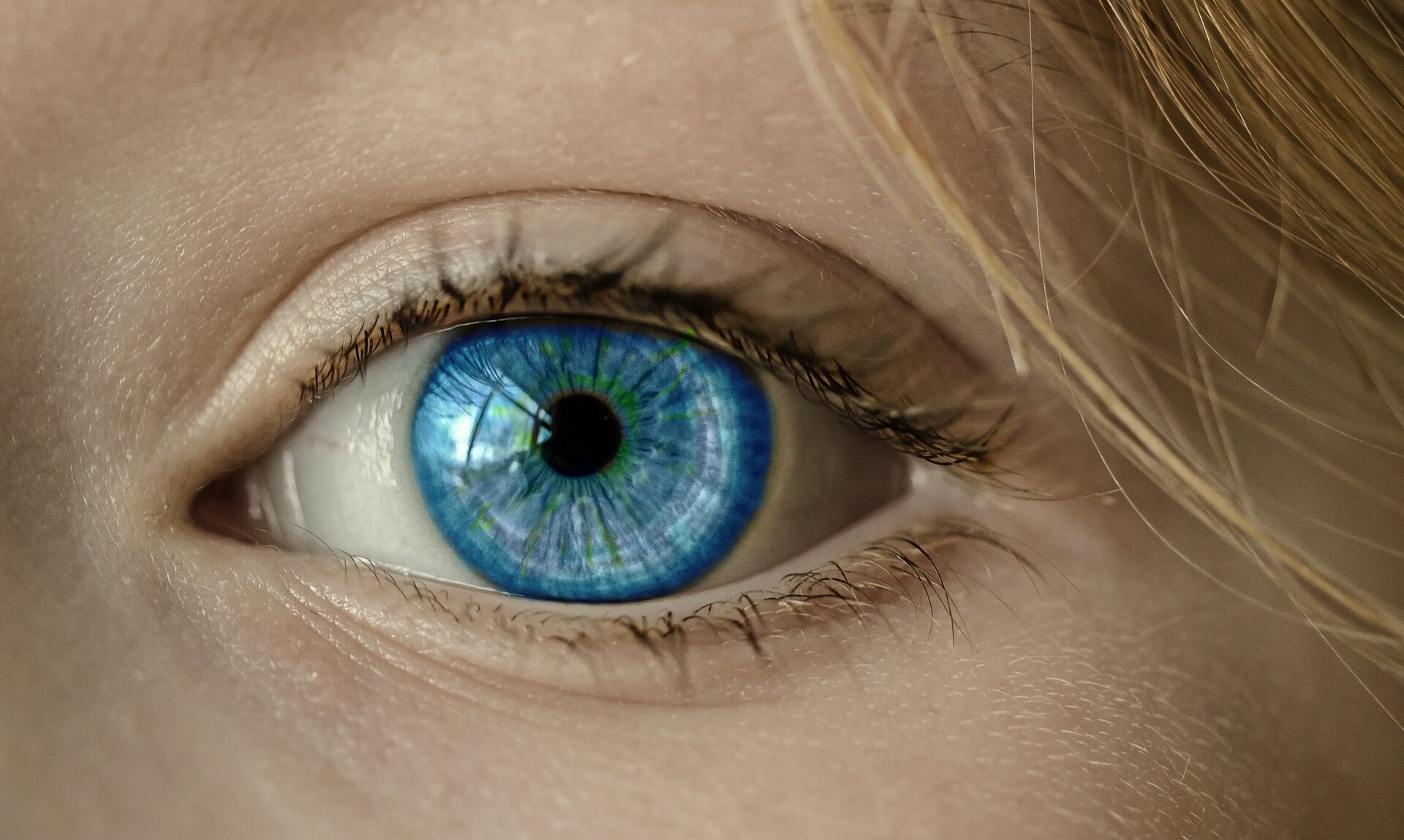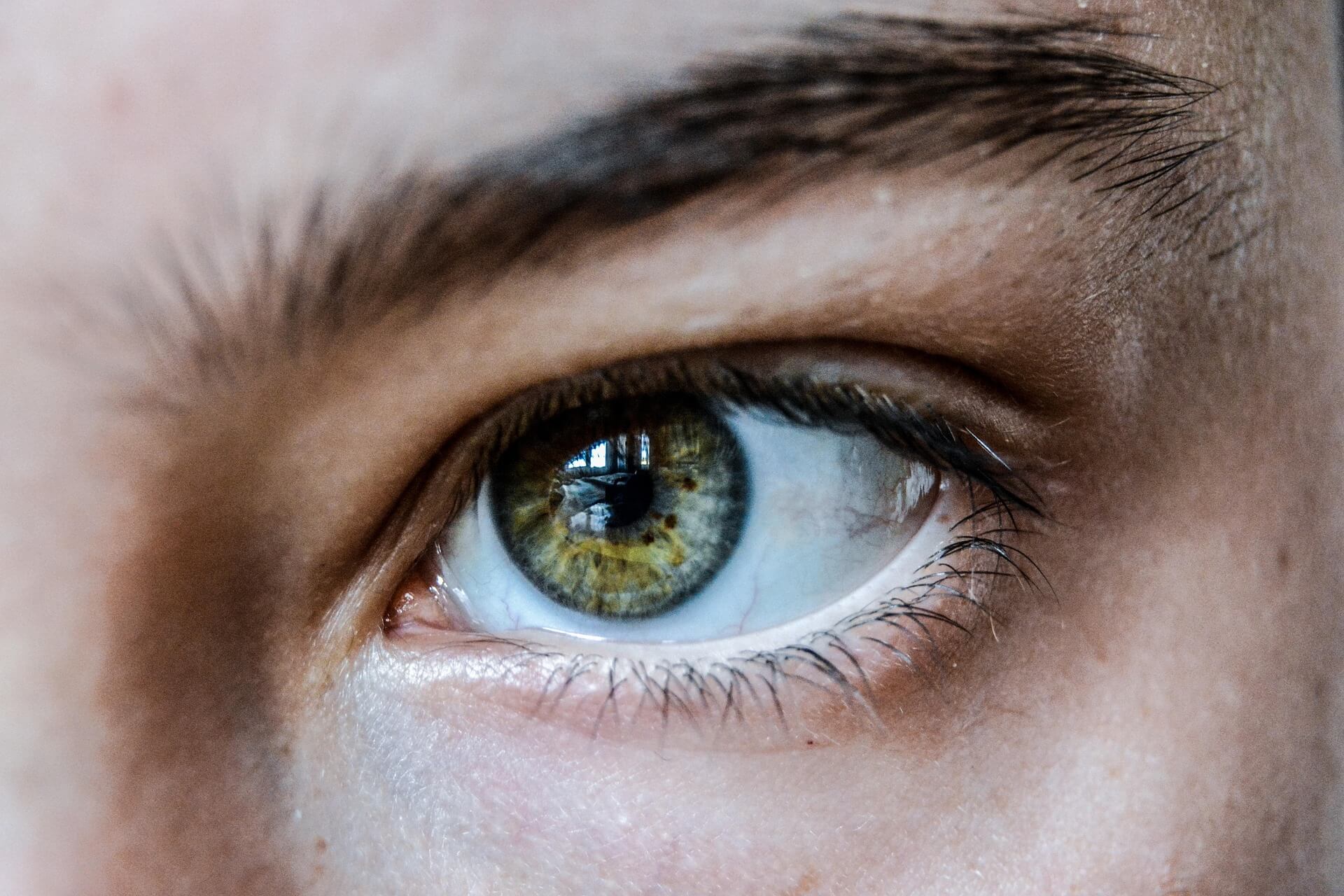
Common Eye Conditions and How to Treat Them
https://vsmpharmacy.co.uk/3-eye-conditions/Many people don’t think about their eyes when they are completing a cleansing routine. But eye hygiene is important if

In the last couple of weeks the papers have been covering news about a recall of eyedrops from healthcare distributor AvKARE. If you have one of the following eyecare products you should either dispose of them immediately, or take them back to where you bought them for a full-refund.
The affected eyedrops are dated from May 26 2023 to April 21 2025.
Other brands of eyedrops are perfectly safe to use and are recommended for conditions such as allergy relief, dry eyes and eye infections:
An allergy like hay fever can make your eyes red, itchy and sore. An allergy can also cause conjunctivitis. The NHS recommend you use eyedrops that contain sodium cromoglicate, which is an anti-allergic medication.
The sodium cromoglicate in the eyedrops stops the body from producing substances like histamine which cause allergic reactions. It also reduces the symptoms of allergy such as itching and dryness.
The brand names for eye- drops containing sodium cromoglicate are:
To work effectively you need to use these eyedrops for two weeks, but not more than four. If the drops aren`t helping then talk to your Pharmacist as you may need to try another brand.
Medical conditions such as blepharitis (inflammation of the eyelids), lupus and rheumatoid arthritis can cause dry eyes. You can also get dry eyes from wearing contact lenses or working with a computer and looking at the screen for extended periods.
Eyedrops will relieve dry eyes by creating moisture. The best type to use are those containing caramellose sodium. Brands that contain caramellose sodium include:
If you wear contact lenses it is better to use eye drops without preservatives. You can use eye drops with carmellose sodium as much as you feel you need them. They usually work immediately, but you`ll feel the full benefit of them after a few weeks of use.
The most common bacterial eye infections are:
Conjunctivitis: Conjuctivitis is caused by an allergy or an infection and it makes your eyes red or pink, itchy, watery, sore and sticky with pus. If your conjunctivitis is caused by an allergy then it won`t be contagious. But, if it has appeared because of a virus or bacteria then you should be careful not to share towels or pillow cases.
You can get blepharitis from a skin condition, bacteria on your skin or because your eyelids aren`t producing enough oil. The symptoms are itchy and sore eyelids with sticky flakes that make your eyes stick together first thing in the morning.
Microbial keratitis is commonly caused by wearing contact lenses, but it can also come about because of a scratch on your eyeball. It is an infection of the cornea and the symptoms are a red, sore eye. You might get the feeling that there`s something in your eye, although there isn`t. The infection leads to an ulcer on your cornea which needs to be treated.
The recommended treatment for the above eye infections are eyedrops that contain antibiotics. A typical antibiotic eye drop contains chloramphenicol. These drops usually begin to work within 2 days. If you have seen a doctor about your eye condition then follow your GP`s instructions.
If you need any help or advice choosing the right type of eye drops for your condition then we can help you. Most eyedrops can be bought without a prescription, over-the-counter.

https://vsmpharmacy.co.uk/3-eye-conditions/Many people don’t think about their eyes when they are completing a cleansing routine. But eye hygiene is important if

Copyright © VSM Pharmacy Limited. All rights reserved. vsmpharmacy.co.uk is a trading name of VSM Pharmacy Limited. Registered office: 124 Frimley Road, Camberley, Surrey, United Kingdom, GU15 2QN. Registered in England: company number 12182298.

To provide the best experiences, we and our partners use technologies like cookies to store and/or access device information. Consenting to these technologies will allow us and our partners to process personal data such as browsing behavior or unique IDs on this site and show (non-) personalized ads. Not consenting or withdrawing consent, may adversely affect certain features and functions.
Click below to consent to the above or make granular choices. Your choices will be applied to this site only. You can change your settings at any time, including withdrawing your consent, by using the toggles on the Cookie Policy, or by clicking on the manage consent button at the bottom of the screen.